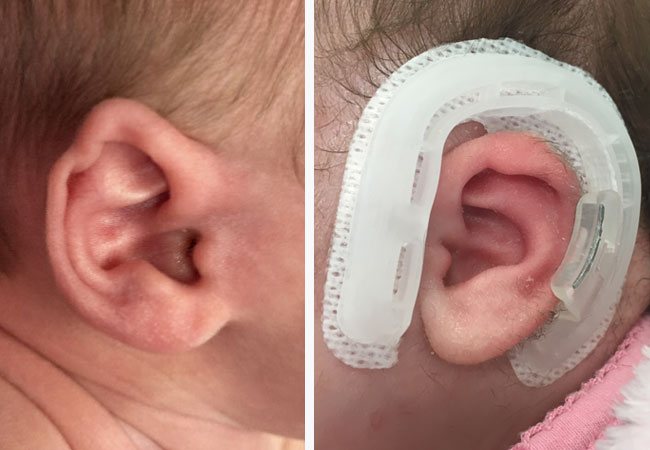Pregnancy is a life-changing event for mothers and parents generally. The period has its ups and downs with the culmination of welcoming the bundle of joy into the world. However, congenital birth disorders may develop. A congenital deformity is a change in the normal size or shape of a body part that may develop prenatally and can be identified before or after birth. Microtia is a non-hereditary anomaly of the external ear, the pinna, which is underdeveloped or unformed.
A newborn’s parents, especially mothers are guilt-ridden at having caused the ear deformity. However, this could be far from the truth. A good understanding of microtia can help the newborn’s parents handle the situation better and seek interventions for the anomaly.
Treatment for Microtia
Treatment intervention for this deformity depends on the severity. This ranges from having only a small ear to having no ear at all. To determine the best action, pediatricians break down microtia into the following grades:
- Grade 1 – The external ear is visible and smaller than average with identifiable structures. Minor ear construction can remedy the situation.
- Grade 2 – In this type, the upper part of the ear is undeveloped or missing. The ear lobe is present with a narrow or missing ear canal.
- Grade 3 – This is the most common type of microtia that is characterized by the absence of the external ear that is peanut-shaped and a small ear lobe. The external eardrum and canal are absent.
- Grade 4 – Also referred to as anotia, this is the most severe form of ear deformity where there is no ear or canal.
Once the doctor has established the veracity of the anomaly, they present a series of surgical interventions to enable your newborn to enjoy the joy of hearing.
- MEDPOR ear reconstruction – This refers to a microporous high-density polythene implant that uses synthetic material as a framework covered by the body’s own tissue. The surgery is recommended for children of 3 years and above and should be performed by qualified surgeons and audiologists.
- Rib cartilage ear reconstruction – This method uses the patient’s own tissue to reconstruct the ear that continues growing as the child ages. Specialists performing this procedure sculpt an ear from the patient’s own rib cage when they are within 6 to 8 years old. Despite the downsides such as scarring and stiffness, rib cage cartilage offers a better alternative since the body doesn’t reject the regenerative material.
- Prosthetic ear reconstruction – An artificial ear made from silicon is attached to the body either through an adhesive or screws that are implanted through the anchor system. The ear is made to look as realistic as possible with a major disadvantage being the daily care required to manage the prosthetic.
Conclusion
Successful treatment of anotia or microtia helps children live normal lives. Occasionally, the scarring or prosthetic may affect their self-esteem but responsible parents know to spot this and offer the required emotional support. Birth anomalies can be managed when parents provide timely intervention for their newborns and by consulting a pediatrician.


